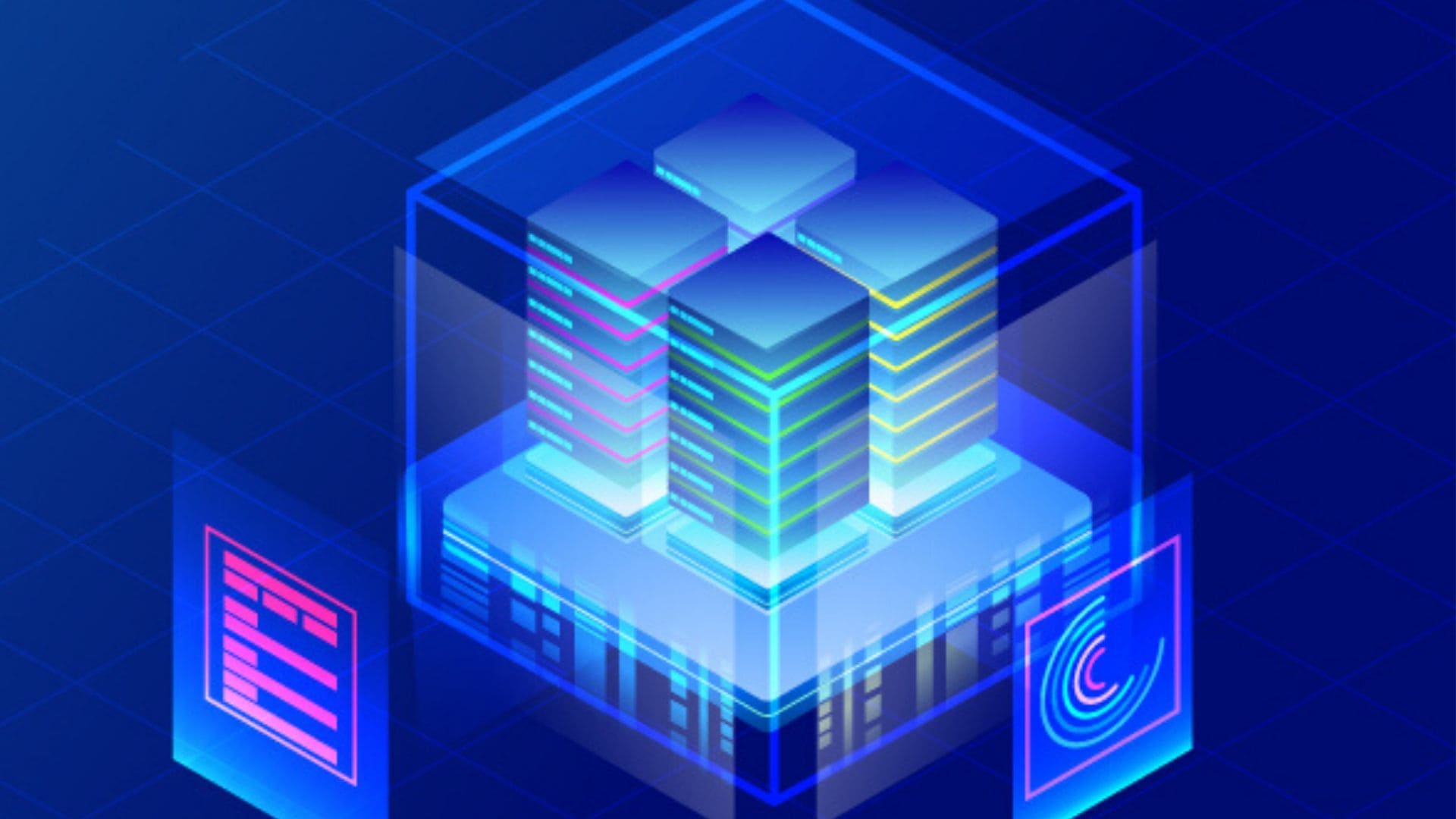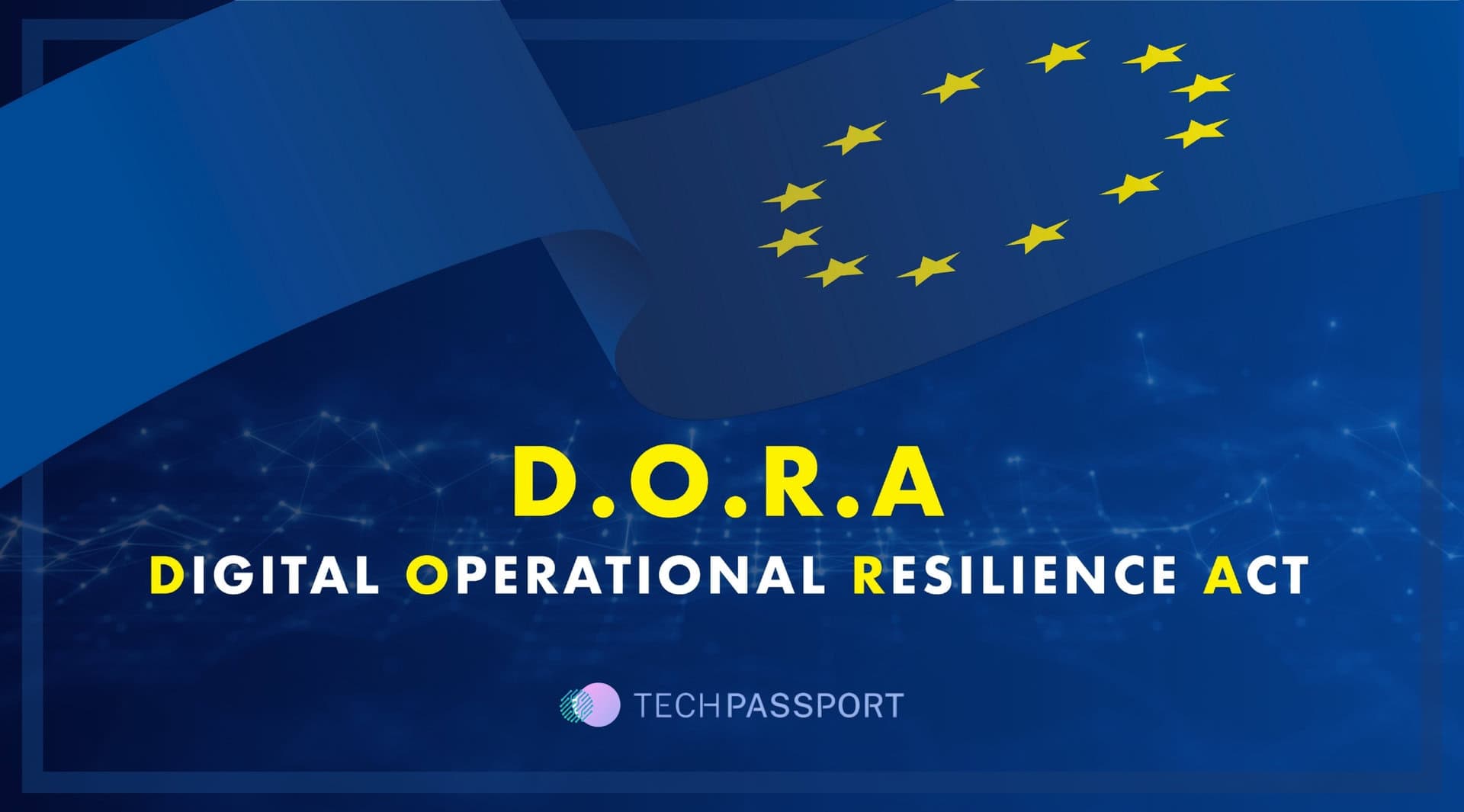Bank systems are constantly forced to develop and adapt their security to keep client data protected from new cyber threats. This can be anything from phishing emails, malware attacks, and power blackouts that supply backdoors for criminals.
These cyber events are becoming more of a threat with the rise of open banking. Open banking allows third-party financial service providers access to financial data through application programming interfaces (APIs). This means customers can control their finances better and banks can provide customers with relevant financial products and services.
This does, however, raise concerns about financial privacy and the security of customers’ finances. Data breaches, fraud, and hacking could happen, and this has got consumers worried. As a result, Banks have been forced to do everything they can to optimise and secure their data and power supply.
How many cyber attacks have been reported in the United Kingdom?
Reports show that 39% of UK businesses reported a cyber attack in 2022 and these cyber events have been identified as the biggest risks to Banks. The Financial Stability Report agrees that cyber threats may be prevalent in 2023, with critical areas of vulnerability being systems and data, people, and processes. All can be manipulated and attacked, leading to major financial losses.
How can banks optimise and secure Bank’s data and supply chain?
Keeping clients’ sensitive information safe is of the utmost importance and to maintain trust with customers they must ensure no external or internal breaches happen. Here is how they secure both customer-facing and internal processes:
Authentication
Every transaction that takes place at the bank or online requires customers to confirm their identity to ensure it matches the account initiating the transaction. This also applies to any bank employees who have access to bank and client data. By needing customers and employees to have a pin, biometric and multi-factor authentication. It now means that banks can ensure everyone is who they claim to be, or authorized to access the data.
Audit trails
Your banking transaction has always been available via your statements, but banks have now introduced audit trails. These provide a paper trail for every customer interaction with banking systems, including whether a customer is using the online app, the time of the interaction, and the details of it.
Secure infrastructure
Banks now keep infrastructures and power supplies secure with special equipment, including power cables, security software, and VPNs. This means sensitive data like bank account numbers and customer names are encrypted, even when being accessed using public Wi-Fi.
Data protection processes
Banks establish many data protection processes including Non-disclosure Agreements and Data Loss Prevention solutions. This ensures that security measures match global and local regulations.
Author: Suhail Hadouth















